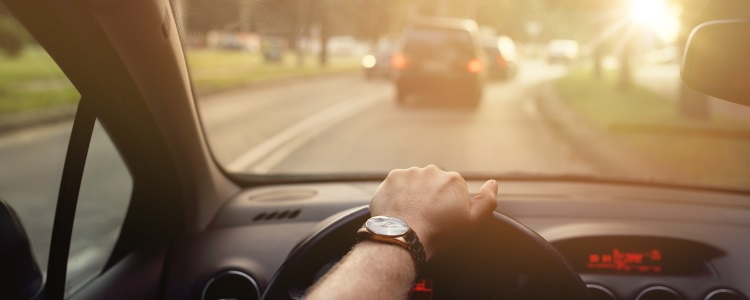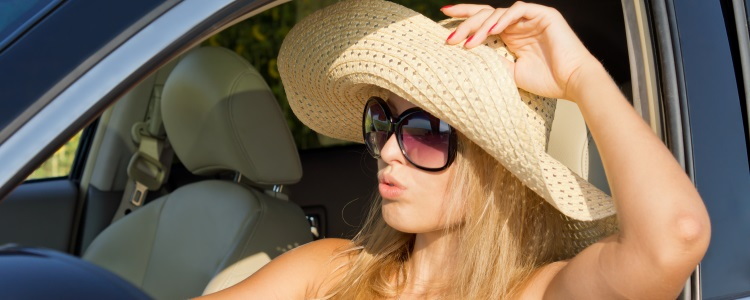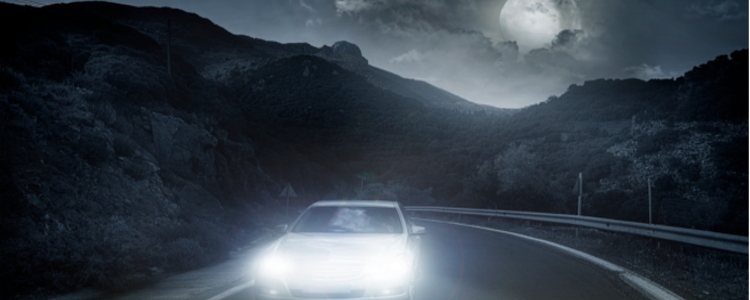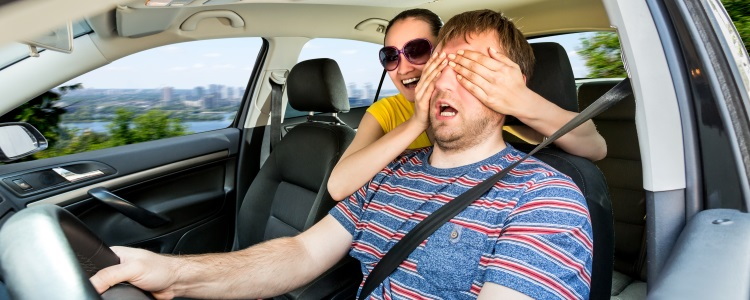On Monday, Aug. 21, 2017, the U.S. will witness an eclipse of the sun. A total solar eclipse will be visible in a 70-mile-wide path stretching from Oregon to South Carolina. Other areas of the country will see a partial eclipse of the sun.
A solar eclipse occurs when the moon's path of orbit crosses directly between the sun and the Earth, casting a shadow on the Earth's surface. This is the first total solar eclipse visible in the continental U.S. since 1979.
Ways to Watch the Eclipse
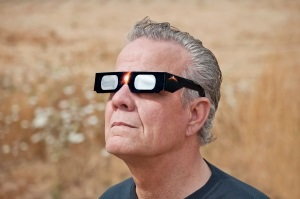 This is the first total solar eclipse to cross the entire continental United States from coast to coast since 1918. As the path of the eclipse crosses overhead, remember: safety first. Looking at the total solar eclipse with the naked eye can cause severe damage to your retinas.
This is the first total solar eclipse to cross the entire continental United States from coast to coast since 1918. As the path of the eclipse crosses overhead, remember: safety first. Looking at the total solar eclipse with the naked eye can cause severe damage to your retinas.
Approved safety-rated solar eclipse glasses bearing the NASA seal of approval is the best option, but, according to NASA, welding glasses shade 12 or higher will allow you to watch as well—as long as the lenses are in good shape.
AAA: Driving Safety Tips During the Eclipse
A lot of people are excited to go out and experience the solar eclipse tomorrow. Those in the 14 states along the "path of totality" (where the moon will completely block out the sun) will get the best seats on Monday.
According to the U.S. Department of Transportation, approximately 200 million people (just under two-thirds of the nation's population) live within a day's drive of the path of this eclipse.
Things are expected to get a little hectic on the day of the eclipse, and it doesn't help that August is peak highway construction season, either. Whether you are traveling to get a better view beforehand or you are going to be on the road during the event, it's important to keep safety in mind.
In light of this, AAA has provided some safety tips to use if you find yourself driving before or during the eclipse.
- Heavy traffic is expected in some areas (especially along the path of totality) before and during the eclipse period. It helps to go in expecting heavy congestion so your patience doesn't run thin. Try to get to your viewing location early and keep put to avoid the gridlock.
- Keeping your eyes safe should be priority number one, as looking directly at the eclipse can cause eye damage. Don't think about looking at it (or trying to photograph the event) if you are driving or without the proper eye protection when parked. Also, it's not safe to pull over on the highway or the shoulder of the road during the event. If you are trying to catch a glimpse with the proper eye protection, arrive at a viewing location early and park your car where it's safe to do so, far from the roadway.
- If you are going to be driving during the event, don't do so distracted. Be mindful of wandering pedestrians who may be more focused on looking up instead of their surroundings. If you have to drive, focus on driving and nothing more.
- AAA also warns that you should keep your headlights on during the eclipse period and to not rely on your automatic headlights. Although brief, the eclipse is expected to create a period of darkness (for around three minutes) in some areas.
Don't Be Blinded by Bad Credit
If your plans of traveling to the path of totality were eclipsed by your car's poor condition, or your lack of vehicle has left you stranded, it may be time to start thinking about a new ride. A total solar eclipse is a beautiful thing, and so is the feeling of having the car you need.
Often, things like poor credit, no credit and past repossessions can overshadow your attempts to purchase a vehicle. But Auto Credit Express is here to help. Even if your credit isn't shiny, our nationwide network of dealers has lenders who can work with people in tarnished credit situations. Step out of the shadow of your credit issues and let us point you toward a dealer in your area. Begin now by filling out our online auto loan request form.

